If you’ve ever seen someone swishing a pan in a stream or watched a gold miner using a sluice box on TV, you’ve witnessed placer gold mining in action. But what exactly is placer gold mining, and how does it differ from other types of gold extraction?
In this article, we’ll explore what placer gold mining is, how it works, and why it remains popular among hobbyists and small-scale miners today.
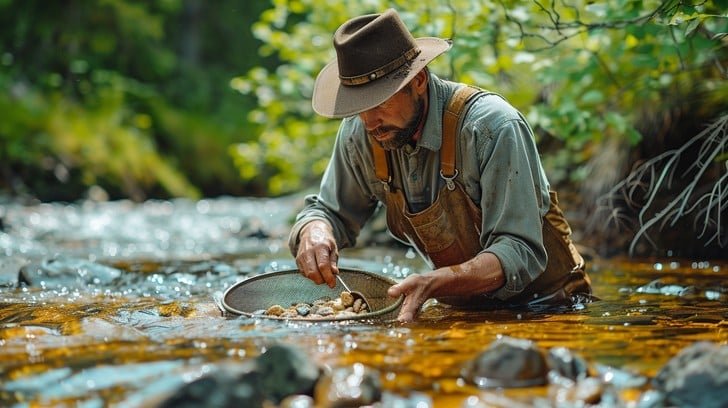
1. Definition of Placer Gold Mining
Placer gold mining refers to the process of extracting gold that has been eroded from its original source and deposited in loose materials such as:
- Riverbeds
- Stream sediments
- Gravel deposits
- Alluvial fans or ancient creek beds
Unlike hard-rock mining, placer mining doesn’t involve digging into solid rock—it focuses on recovering gold that’s already broken free and scattered by natural forces like water.
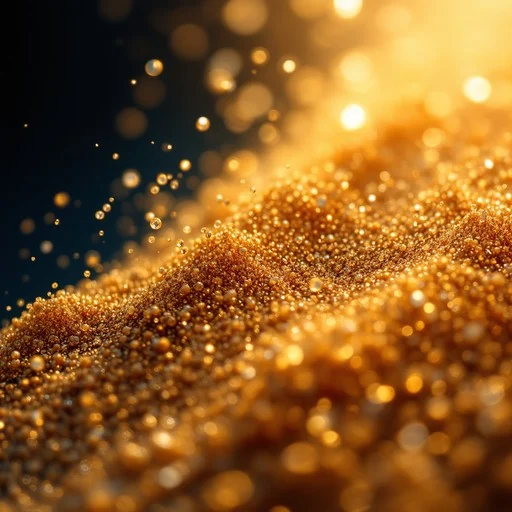
2. How Placer Gold Mining Works
The basic principle behind placer mining is gravity separation —since gold is much denser than sand and gravel, it settles lower in the material when agitated by water.
Common tools and techniques include:
- Gold pans – Used to manually separate gold from lighter materials.
- Sluice boxes – Channels that use flowing water to trap heavier gold particles.
- Highbankers – Portable machines that act like powered sluice boxes.
- Suction dredges – Underwater vacuum systems used in rivers and lakes.
These methods are accessible and relatively low-cost compared to large-scale mining.
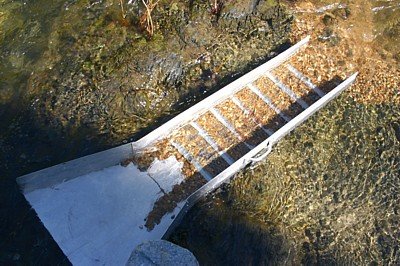
3. Where Placer Gold Deposits Are Found
Placer gold deposits are typically found in areas where:
- Mountains have eroded over time
- Glaciers once moved through valleys
- Ancient rivers once flowed
Famous placer gold regions include:
- California Gold Country
- Alaska’s Klondike Region
- Australia’s Ballarat and Bendigo
- Yukon Territory (Canada)
Many public lands allow recreational placer mining under certain regulations.
4. Advantages of Placer Gold Mining
Placer mining offers several advantages:
- Low startup cost – You can begin with just a gold pan and shovel.
- Environmentally less invasive – Compared to open-pit or underground mining.
- Accessible to individuals – No need for large teams or heavy machinery.
- Educational and fun – Popular with hobbyists and outdoor enthusiasts.
It’s often used as an entry point into the world of gold prospecting.
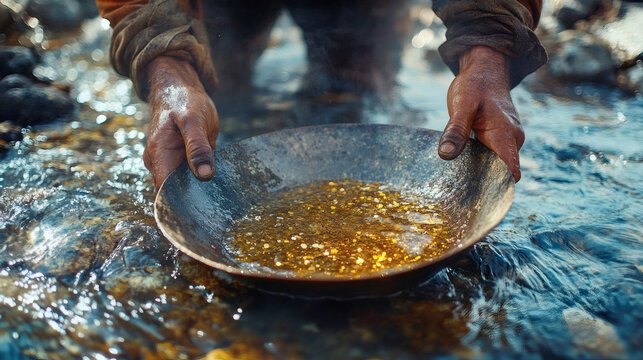
5. Challenges and Limitations
Despite its appeal, placer mining has limitations:
- Limited high-grade deposits – Most easily accessible gold has already been mined.
- Seasonal restrictions – Many areas only allow mining part of the year.
- Environmental regulations – Permits and rules govern where and how you can mine.
- Time-consuming – Recovery rates can be slow without the right equipment.
Understanding local laws and land access is essential before starting.
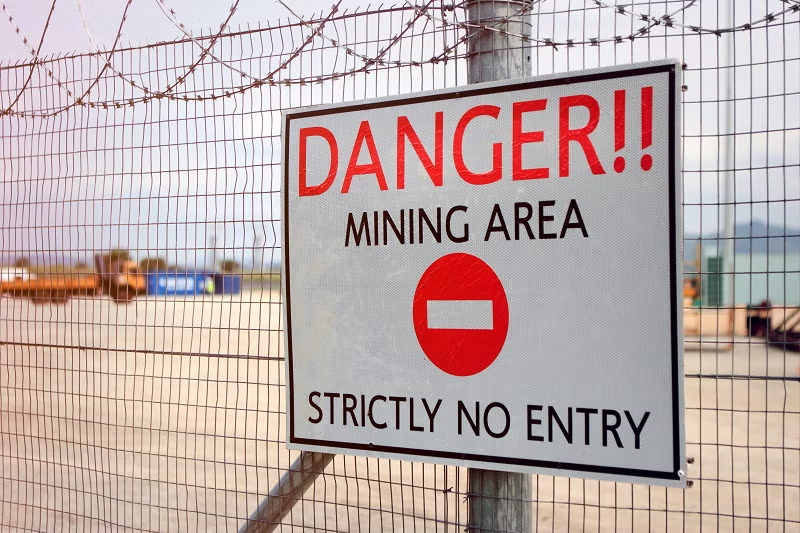
FAQs
Q: Can anyone do placer gold mining?
A: In many places, yes—but always check local regulations and obtain necessary permits before mining on public or private land.
Q: What tools do I need to start placer gold mining?
A: At minimum: a gold pan , shovel , and classifier screens . More advanced tools include sluice boxes and metal detectors.
Q: Is placer gold mining profitable?
A: As a hobby, yes—but as a full-time income, it’s challenging unless you find a rich deposit or work in a productive area consistently.

